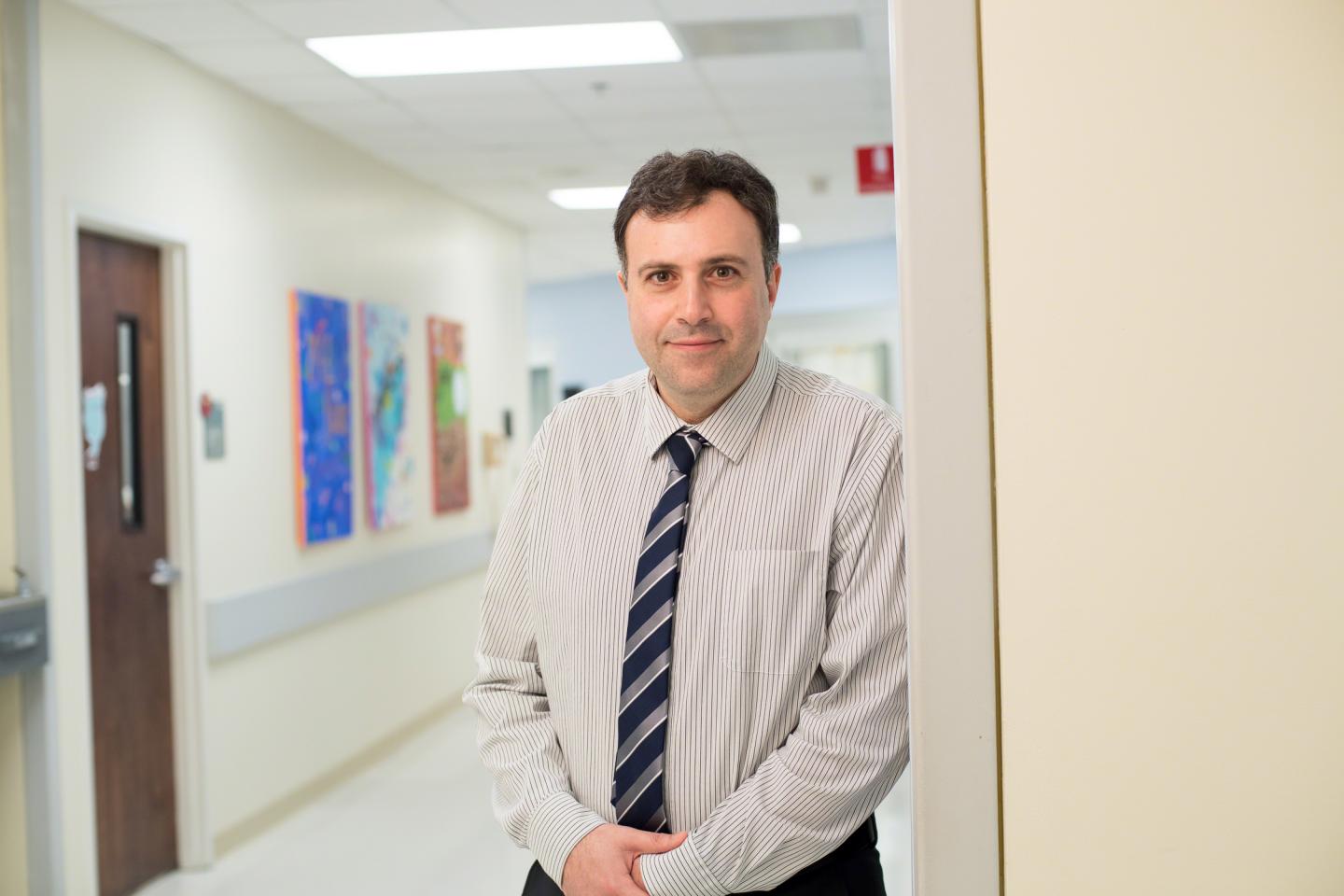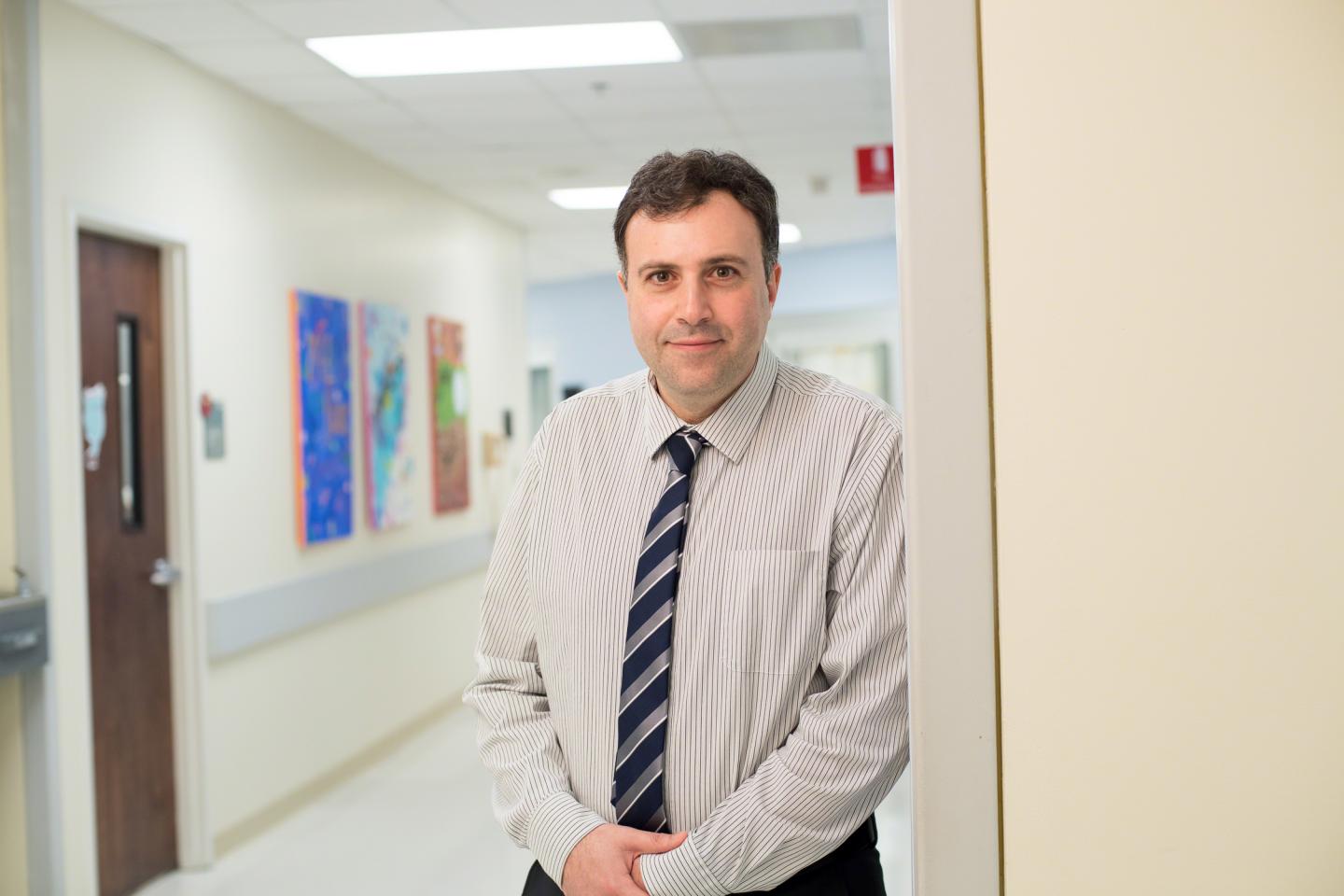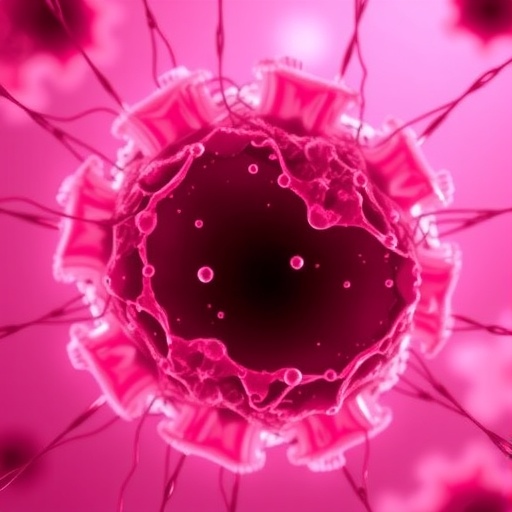
Credit: St. Jude Children's Research Hospital
About 11 percent of females who survive childhood cancer have an ovarian condition that leaves them at risk for infertility, weaker bones and frail health as young adults, according to research from St. Jude Children's Research Hospital. The findings appear today in the Journal of Clinical Endocrinology and Metabolism.
The analysis of 921 female survivors in the St. Jude Lifetime Cohort study (St. Jude LIFE) found that abdominal radiation, no matter what the dose, puts female survivors at high risk for premature ovarian insufficiency. The condition, which is rare in the general public, is defined by the loss of normal ovarian function before the age of 40 years. That leads to reduced estrogen production and infertility. Researchers also determined that high-dose chemotherapy with alkylating agents further increased the risk for premature ovarian insufficiency in St. Jude LIFE participants treated with radiation.
"The past decade has seen tremendous progress in female fertility preservation, which makes these results timely," said first and corresponding author Wassim Chemaitilly, M.D., an associate member of the St. Jude Department of Pediatric Medicine – Division of Endocrinology. "Survivors, both men and women, tell us that the ability to have children is important to them. Better defining the risk factors and prevalence of premature ovarian insufficiency in female survivors will help better identify patients who are most likely to benefit from fertility preservation."
Along with fertility problems, researchers found that like other women with premature ovarian insufficiency, the condition put childhood cancer survivors at risk for poor overall health. Survivors with premature ovarian insufficiency were about five times more likely than other female survivors to have low bone mineral density and 3.5 times more likely to be frail. Low bone mineral density is a risk factor for fractures and the bone-thinning disease osteoporosis. Frailty signals decreased strength and physical fitness, which may leave individuals at risk for early death.
Estrogen replacement therapy until age 45 is recommended for women who develop premature ovarian insufficiency and who are not childhood cancer survivors. The therapy aims to reduce cardiovascular disease and low bone mineral density. The average survivor in this study was about 32 years old and 24 years removed from their original cancer diagnoses. But just 31 of the 100 survivors diagnosed with premature ovarian insufficiency were receiving hormone replacement therapy at the time of their St. Jude LIFE assessment.
"The study reveals possible obstacles survivors face to receiving hormone replacement therapy. These obstacles merit further study," Chemaitilly said. "Some survivors may not have access to appropriate care. For other survivors and their physicians, the issue may be balancing the benefits of hormone placement therapy with the potential risks, including the risk of second cancers in some survivors."
The study also highlighted the importance of patient-specific factors such as body mass index in understanding and predicting premature ovarian insufficiency.
Previous studies have linked age at diagnosis to premature ovarian insufficiency risk. The St. Jude LIFE researchers were surprised to find an association between obesity and risk. Survivors with a body mass index of 30 kg/m2, which is defined as obese, at the time of their St. Jude LIFE assessment were about 40 percent less likely to have been diagnosed with premature ovarian insufficiency than leaner survivors.
"Obesity during cancer treatment is known as a strong predictor for obesity later in life," Chemaitilly said. "For now, we can only speculate that being overweight or underweight during treatment may, for whatever reason, influence or predict ovarian vulnerability to either radiation or chemotherapy.
"Precision medicine, including identification of possible genetic factors that influence risk, holds the most promise for identifying young cancer patients or survivors who are most likely to benefit from fertility preservation measures."
###
St. Jude has an on-campus fertility clinic that opened in 2014 to provide guidance, counseling and support to current patients and long-term survivors.
Chemaitilly credited St. Jude LIFE with making it possible to not only clarify risk factors for premature ovarian insufficiency but also identify the health implications of the diagnosis for childhood cancer survivors. St. Jude LIFE is an ongoing study that periodically brings long-term childhood cancer survivors back to St. Jude for health screenings and other assessments. Researchers also have access to accurate, detailed information about survivors' cancer treatment. The goal is to better understand and address the challenges facing current and future long-term childhood cancer survivors.
The other authors are Zhenghong Li, Matthew Krasin, Russell Brooke, Carmen Wilson, Daniel Green, James Klosky, Nicole Barnes, Karen Clark, Jonathan Farr, Israel Fernandez-Pineda, Michael Bishop, Monika Metzger, Ching-Hon Pui, Sue Kaste, Kirsten Ness, Deo Kumar Srivastava, Leslie Robison, Melissa Hudson and Yutaka Yasui, all of St. Jude; and Charles Sklar of Memorial Sloan Kettering Cancer Center, New York.
The research was funded in part by grants (CA195547, CA021765, CA008748) from the National Cancer Institute, part of the National Institutes of Health; and ALSAC, the St. Jude fundraising and awareness organization.
Media Contact
Corey Carmichael
[email protected]
901-595-0222
@StJudeResearch
http://www.stjude.org
Original Source
http://www.stjude.org/enhance-fertility-preservation http://dx.doi.org/10.1210/jc.2016-3723





